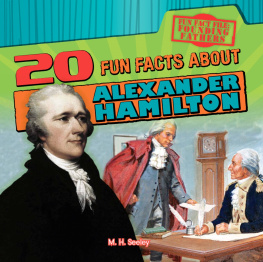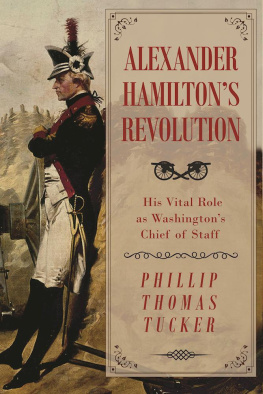First Racehorse Publishing edition 2017
All rights to any and all materials in copyright owned by the publisher are strictly reserved by the publisher.
The material contained in this work is derived from government documents. Nevertheless, Racehorse Publishing, claims copyright in all additional content, including, but not limited to, compilation copyright and the copyright in and to any additional elements, design, or layout of whatever kind included herein. All inquiries should be addressed to Skyhorse Publishing, 307 West 36th Street, 11th Floor, New York, NY 10018.
Racehorse Publishing books may be purchased in bulk at special discounts for sales promotion, corporate gifts, fund-raising, or educational purposes. Special editions can also be created to specifications. For details, contact the Special Sales Department, Skyhorse Publishing, 307 West 36th Street, 11th Floor, New York, NY 10018 or .
Racehorse Publishing is a pending trademark of Skyhorse Publishing, Inc., a Delaware corporation.
Visit our website at www.skyhorsepublishing.com.
10 9 8 7 6 5 4 3 2 1
Cover design by Michael Short
Cover photographs: iStockphoto
Print ISBN: 978-1-63158-167-0
Ebook ISBN: 978-1-63158-168-7
Printed in the United States of America
FOREWORD
S HOCKER !
It was a shocker! News of the publication spread far and wide, sparking gossip and disbelief among both the general public and the political class. By his own hand, the secretary of the treasury, Alexander Hamilton, had admitted in print the sordid details of his sexual affair with a married woman. The Founding Father and hero of the Revolutionary War had hoped his lengthy pamphlet written with forthright candor and in vivid prose would nullify the charges of financial misconduct being leveled against him. But rather than defending his character, the infamous essay ended up being his undoing. Not only was it one of the first highly public sex scandals in America, but the affair marked the beginning of the end of Hamiltons political power. Yet, this unusual and fascinating publication offers a window into both the temperament of the man at the center of the maelstrom and the state of political intrigue in the early days of the new republic.
It all started with a surprise visit by a twenty-three-year-old woman named Maria Reynolds. The attractive blond showed up one summer day in 1791 at Hamiltons residence in Philadelphia distressed and begging for help. He was, at the time, thirty-four and serving as the secretary of the treasury in George Washingtons Administration. As she told it, her husband, James Reynolds, was abusive and had departed the city and abandoned her. Now destitute, the tearful Mrs. Reynolds needed legal assistance, money, and a place to stay.
The handsome, charismatic politician with a reputation for enjoying the company of attractive, young women happened to also be alone, his wife and children having gone back to their native New York for an extended vacation. Hamilton greeted Mrs. Reynolds but claimed he was busy that day. He did, however, offer his assistance and promised he would obtain the money Maria needed and deliver it later that evening. Foolishly, Hamilton went to the Reynolds residence claiming that nothing other than pecuniary consolation would be acceptable to either of them. But they both had other interests. She invited him to join her in the upstairs bedroom and the two began a torrid affair.
The sexual relationship continued through the summer and fall of 1791. However, James Reynolds returned to the city in December. On the fifteenth of the month, Hamilton received an emotional warning from Maria, who wrote in a marginally literate letter, I have not tim[e] to tell you the cause of my present troubles only that Mr. has [w]rote you this morning and I know not w[h]ether you have got the letter or not and he has swore that If you do not answer It or If he dose not se[e] or hear from you to day he will write Mrs. Hamilton.
In a state of panic, Maria also told Hamilton that her husband had Gone oute. Noting that she was alone, she begged Hamilton to Come to her one moment that you May know the Cause then you will the better know how to act. Being caught by her husband appears to have unnerved Maria and prompted concern about her lovers career. She confessed, Oh my God I feel more for you than myself and wish I had never been born to give you so much unhappiness. Nevertheless, the two continued their affair.
A P ROPOSAL AND A P REDICAMENT
The letter from Mr. Reynolds arrived two days later. It charged that the affair had ruined a happy marriage. Of the injury done me, Reynolds claimed, there is nothing that you Can do will compensate for it. In the late eighteenth century, it was not uncommon for men embroiled in a lovers triangle to settle matters on the dueling grounds, but Reynolds proposed a different resolution for the predicament. Despite his earlier claim, apparently there was a way to compensate him. Literally. He wrote, I have this preposial to make to you. [G]ive me the Sum Of thousand dollars and I will le[a]ve the town and take my daughter with me .
Reynolds played on Hamiltons guilt, baiting him by claiming falsely, Its true its in your power to do a great deal for me, but its out of your power to do any thing that will Restore to me my Happiness again for if you should give me all you possess would not do it. [G]od knows I love the woman and wish every blessing may attend her, you have bin the Cause of Winning her love, and I Dont think I Can be Reconciled to live with Her Hamilton paid the bribe.
However, Reynolds did not leave town; nor did Hamilton end the affair. Both matters allowed Reynolds to further entrap the famous Founder. In fact, Mrs. Reynolds appears to have become complicit in the scheme. Maria continued to invite Hamilton to her bed, writing, With tears in my eyes I shal[l] be miserable till I se[e] you My breast will be in a state of pain and woe. She closed the letter: P.S. If you cannot come this Evening to stay just come only for one moment as I shal[l] be [a]Lone Hamilton did not resist. Mr. Reynolds soon began requesting small payments of thirty and forty dollars to guarantee his silence.
The bizarre arrangement may have continued if not for two developments. A professional swindler, Reynolds was also involved in a shady plan to purchase Revolutionary War veterans pensions. The scheme eventually caught the attention of the law. In November of 1792, he was charged with forgery and jailed. From his cell the opportunistic businessman asked Hamilton for help, but the request was denied. Angry and desperate, Reynolds then informed Hamiltons political opponents of the affair and the arrangement for hush-money payments. The crook even inaccurately insinuated that Hamilton was the source behind the war pension speculation and forgery cabal.
As one of the leaders of the Federalist Party since its inception, Hamilton was an inviting target for Anti-Federalists (also known as the Democratic-Republicans or simply Republicans). Sure enough, Republican members of Congress visited Mr. Reynolds in his jail cell and Mrs. Reynolds at her home. Armed with the shocking details of the affair and Reynoldss nefarious claims, two of themJames Monroe and Frederick Muhlenbergconfronted Hamilton with the evidence in December of 1792. They even produced the steamy letters he had written to Maria.
Monroe and Muhlenberg assured Hamilton they would be discrete and, for the time being, the affair remained a secret. But Monroes mentor was Thomas Jefferson, who happened to also be Hamiltons bitter rival. As the two most influential members of George Washingtons cabinet, these two men squared off on nearly every issue, with Hamilton usually besting the secretary of state. Monroe informed Jefferson of the details of the affair. The secretary of state was eager to settle several scores with Hamilton.

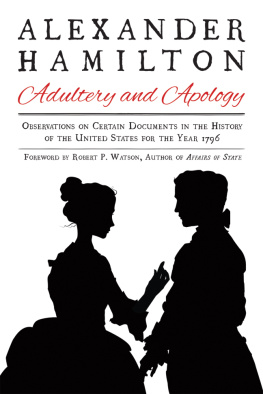

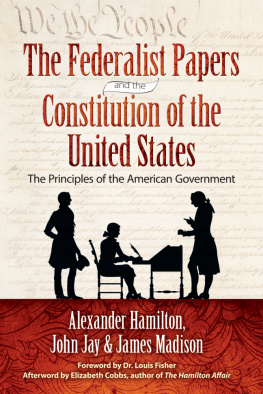

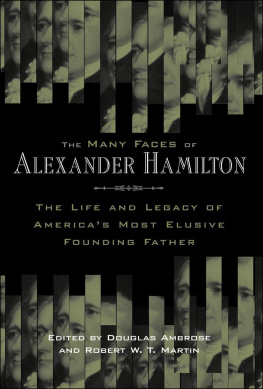
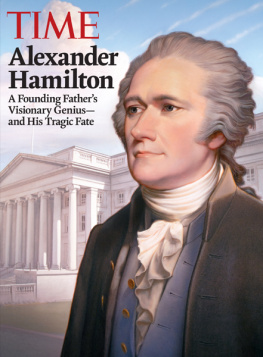
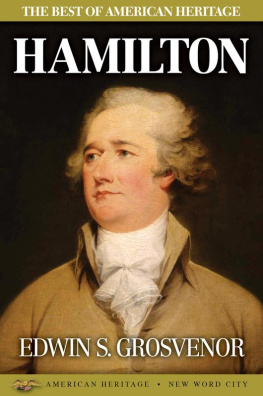
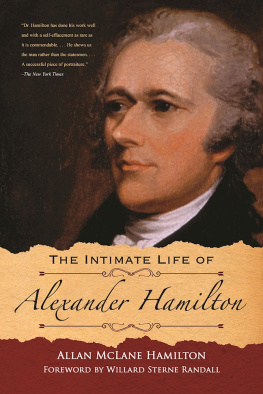
![A. K. ]]> - Rough Diamond: The Life of Colonel William Stephen Hamilton, Alexander Hamiltons Forgotten Son](/uploads/posts/book/377309/thumbs/a-k-rough-diamond-the-life-of-colonel.jpg)
